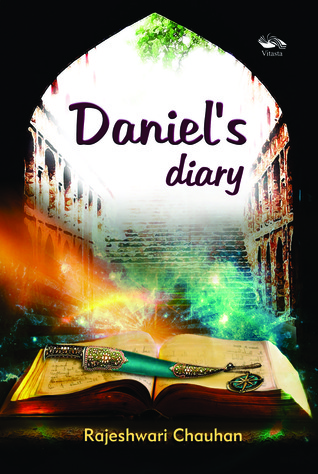The Blurb
When Mrinalini, an art restoration expert, ventures into the ruins of Rang-Mahal and the Palace of Sumangarh, an accidental discovery of a skeleton and a manuscript detailing the exploits of Daniel, a Portuguese artist, opens a window to the forgotten era of grace and grandeur. The blossoming of love between a Moghul Emperor and a Rajput princess, is seen through the eyes of a foreign traveller, who himself falls in love with Jodhabai.
The plot revolves around Daniel’s quest for beauty and passion, the ecstasy and agony of love. He marries the famous courtesan Mahamaya only to lose her. It also draws a modern day parallel in the life of Mrinalini, a woman who seeks refuge in artistic pursuits and architectural ruins when relationships in life confuse her.
Will she and Surajsinh be able to decode the clues left behind by Daniel? Will the curse of centuries-old unfulfilled love break into a happy ending for Mrinalini?
Buy @
Meet the author
The Author's Thoughts
A freelance writer, artist, and teacher, Rajeshwari Chauhan has contributed as a script and content writer for many creative and promotional literature, short movies, and plays. A passionate artist, she loves to create realistic paintings on canvas as well as doing wall paintings. For her, painting and creative writing are complementary to each other.Being from the Royal family of Chhota-Udepur, she has always had a fascination for history and conservation of heritage.
Stalk her @







